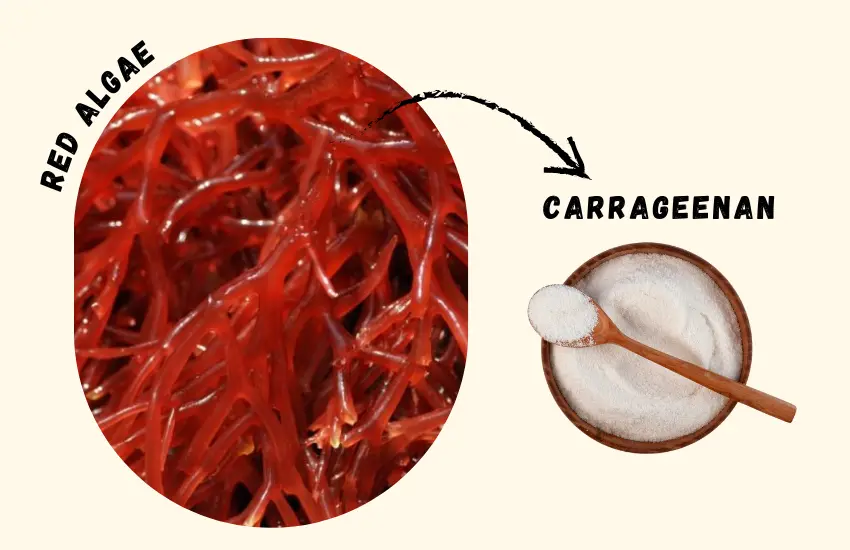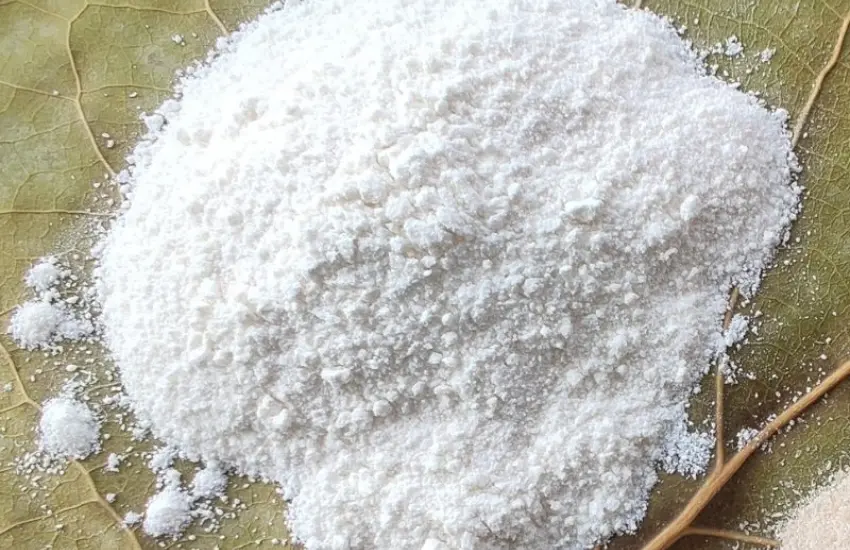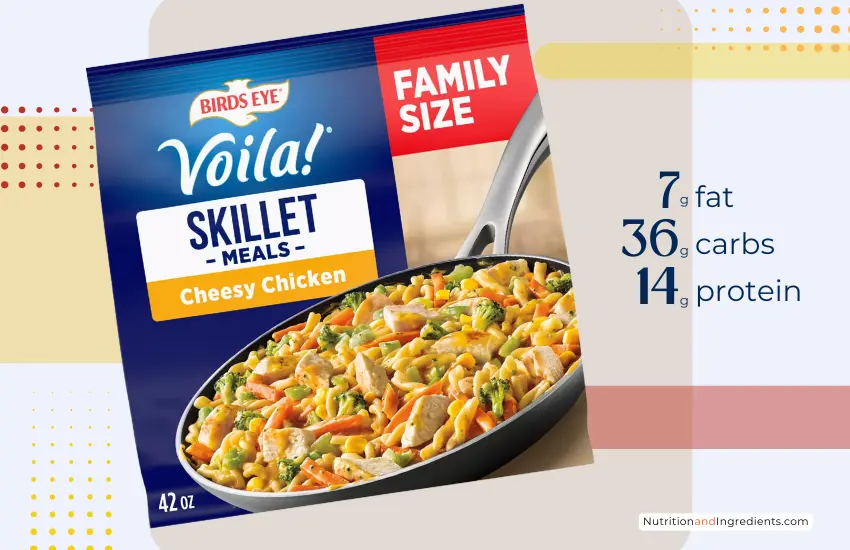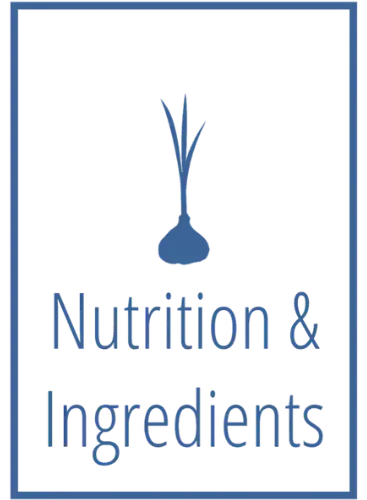Seaweed in Your Ice Cream? Carrageenan Explained.

What do ice cream, donuts, and burritos have in common? A food additive known as Carrageenan.
I first noticed it on the list of ingredients in McDonald’s Chocolate Shake. Then I reviewed a Birds Eye frozen meal and again spotted Carrageenan on the list of ingredients.
It turns out this powdered additive derived from various seaweeds is used in many different foods and beverages for a variety of reasons. Read this post to learn more.
I used multiple resources to learn as much as possible about Carrageenan before writing this post. My sources are listed at the end of the article.
I encourage you to browse those resources if you would like to continue learning about this commonly used ingredient.
What is Carrageenan?
Carrageenan is a hydrocolloid, which are commonly referred to as gums. They dissolve easily in water and are used to thicken food products.
The use of carrageenan in foods can be traced back to the second World War when it was produced as an alternative to Japanese agar.
The Irish had traditionally extracted carrageenan from Irish Moss (chondrus crispus, a red seaweed) as a remedy for respiratory diseases. Throughout my research I came across many resources that refer to carrageenan as Irish Moss.
However, to be clear, it’s not the same thing. Rather, carrageenan is extracted from Irish Moss through a boiling process combined with certain alkaline substances.
Carrageenan is comprised of several hydrocolloids, rather than a single substance. It consists of calcium, magnesium, ammonium, potassium, and sodium salts of sulphate esters of galactose and 3,6-anhydrogalactose copolymers.
Food grade carrageenan has a high molecular weight comprised of the long chain molecules of the copolymers.
Conversely, degraded carrageenan has a low molecular weight and no jellying properties.

Why is Carrageenan Used in Processed Foods?
Carrageenan is typically available in the form of a dried, translucent mucilage (i.e., a gelatinous solution extracted from plants). When soaked in cold water, it swells and partially dissolves to create a jelly substance.
Jellying Properties
It’s now commonly used in the food industry as a jellying compound, which simply means it is used to thicken and stabilize foods.
Carregeenan is widely used as a stabilizer of milk proteins in such products as ice cream, milk shakes, puddings, and chocolate milk.
Stabilizers help to maintain the quality, texture, and appearance of dairy-based products during processing and storage.

Debated Health Risks of Carrageenan
Certain studies have shown degraded carrageenan is associated with ulcerative colitis and tumors in animals. The outcome of those reports led to public concerns about the health risks and safety of using carrageenan in commercially processed foods.
However, although carrageenan may undergo some degradation in the acidic environment of human stomachs, it is believed that small amounts do not directly cause harm.
Food-grade carrageenan was evaluated by the Scientific Committee for Food (SCF) and the Joint FAO/WHO Expert Committee on Food Additives.
A report by the European Food Safety Authority stated the following:
In 2003, the SCF had no objection to the use of carrageenan … up to a maximum level of 0.3g/L.
Most reports show that only the consumption of large amounts of carrageenan may be a health risk. In fact, a core reason that carrageenan is preferred by food processors is because of its ability to form into gelatinous substance at lower concentrations, compared to other agents.
As another point of comparison, degraded carrageenan (e.g., poligeenan) is not an authorised food additive in the EU.
All that said, always consult with your physician if you have any dietary concerns.

Foods That Contain Carrageenan
While pharmaceutical, personal care, and cosmetic manufacturers are increasingly using Carrageenan, the primary demand of the gum is driven by the meat and dairy industries.
Many different foods and beverages, especially products that contain dairy, are made with carrageenan.
I have found the additive included in the ingredients used in commercially processed cheeses, dips, condiments, puddings, ice cream and frozen dairy desserts, baked goods, and processed meats, to name a few.
Foods Containing Carrageenan
The following list includes a selecting of fast food and packaged foods that contain carrageenan. Click on any food in the below list for a complete overview of the nutritional information and ingredients.

List of Resources
Research Resources
Here is my list of resources used to research and learn more about the sources and uses of Carrageenan.
